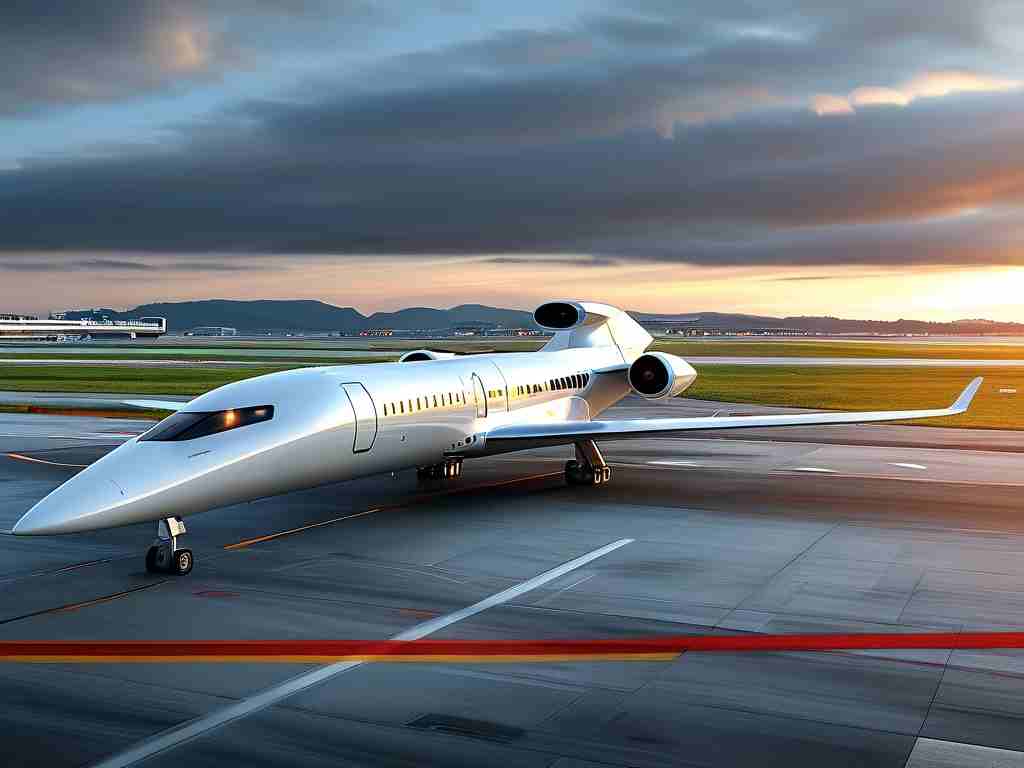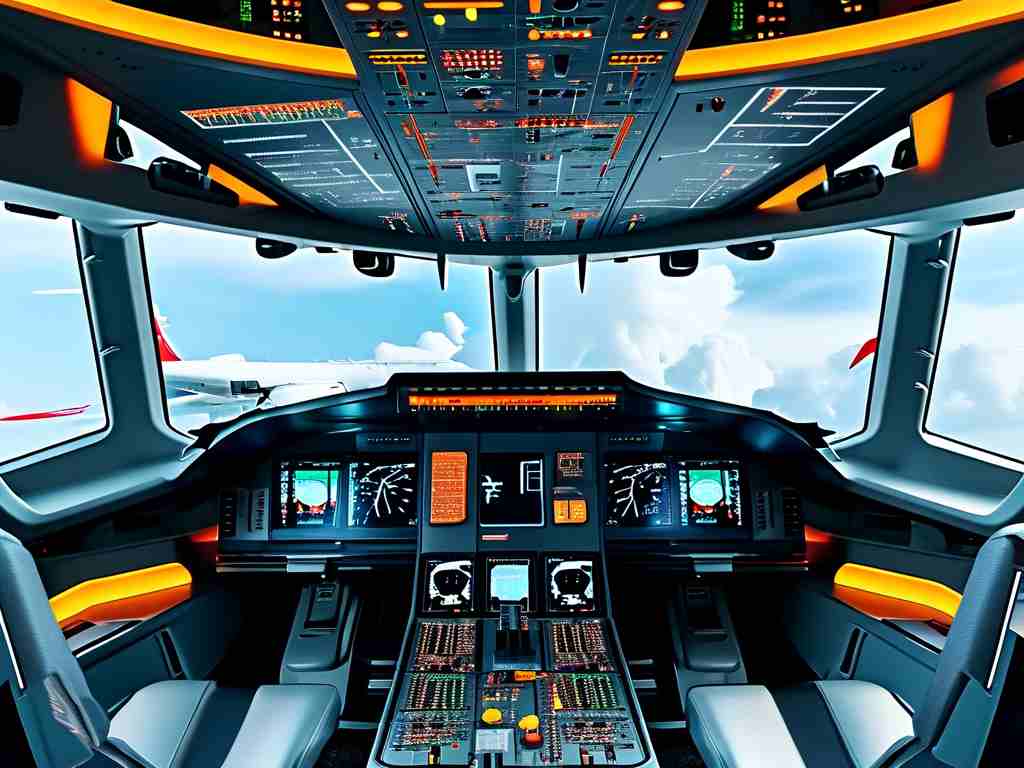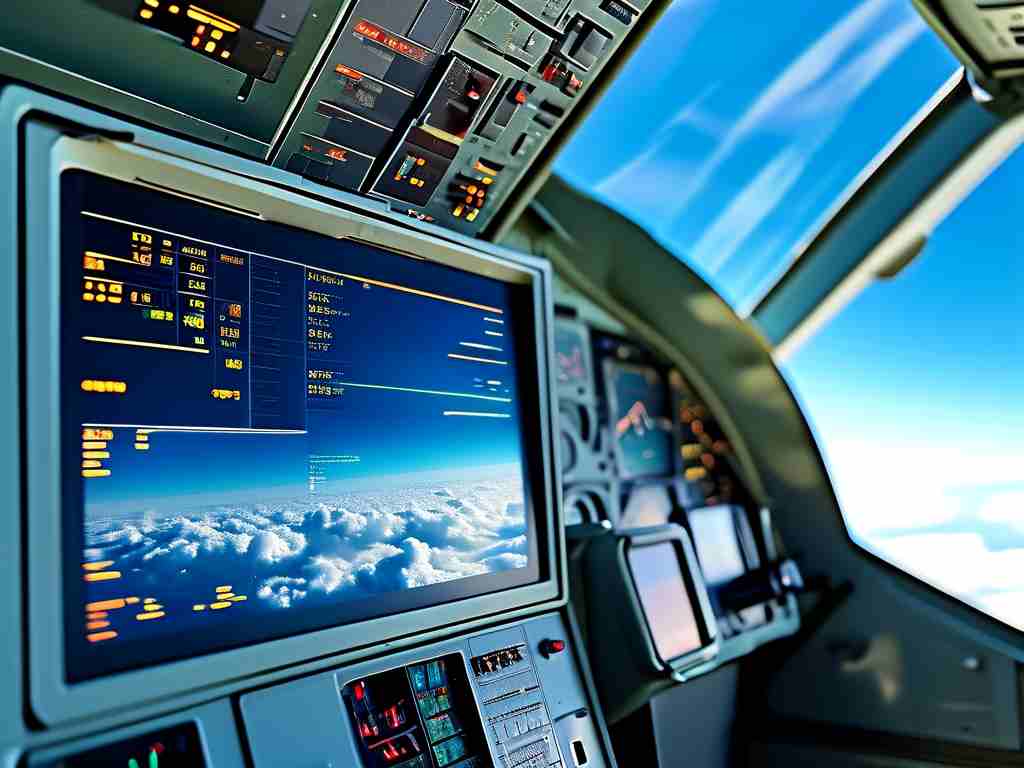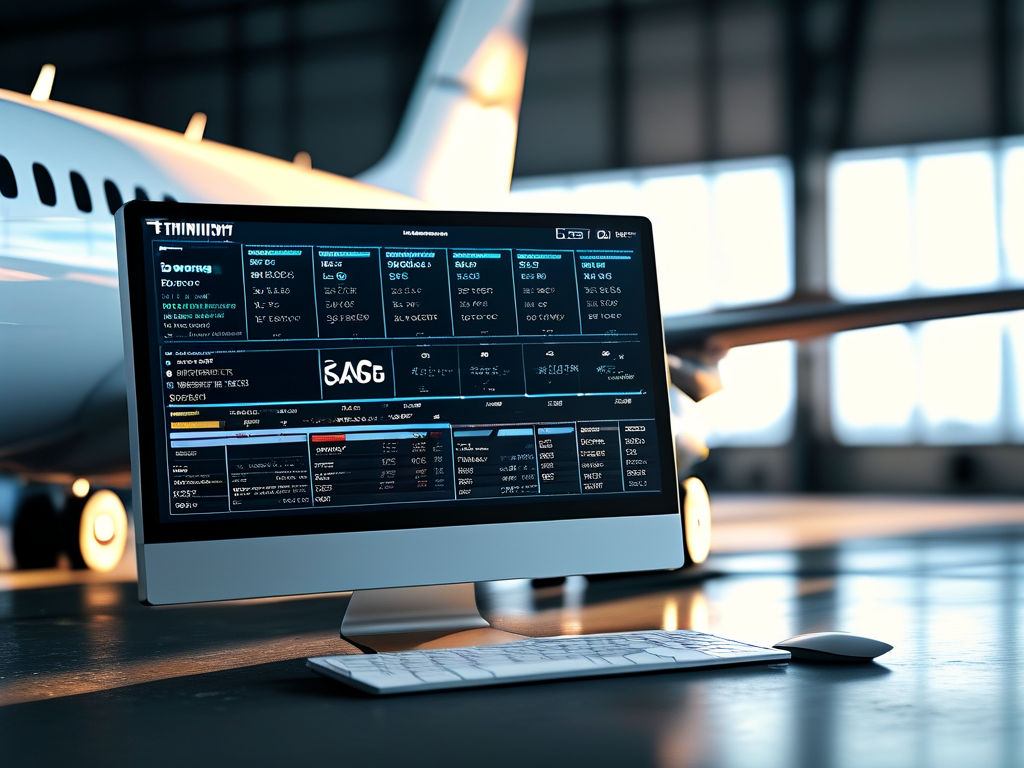In the realm of modern aviation, the question of how much memory is appropriate for aircraft computers sparks intense debate among engineers and industry experts. These systems are the backbone of flight safety, handling everything from navigation and engine control to passenger entertainment. Getting the memory size wrong could lead to catastrophic failures, so it's not just about raw gigabytes but a careful balance of performance, reliability, and cost. This guide delves into the key factors that dictate optimal memory configurations, drawing on real-world applications to help you understand why bigger isn't always better in the skies.
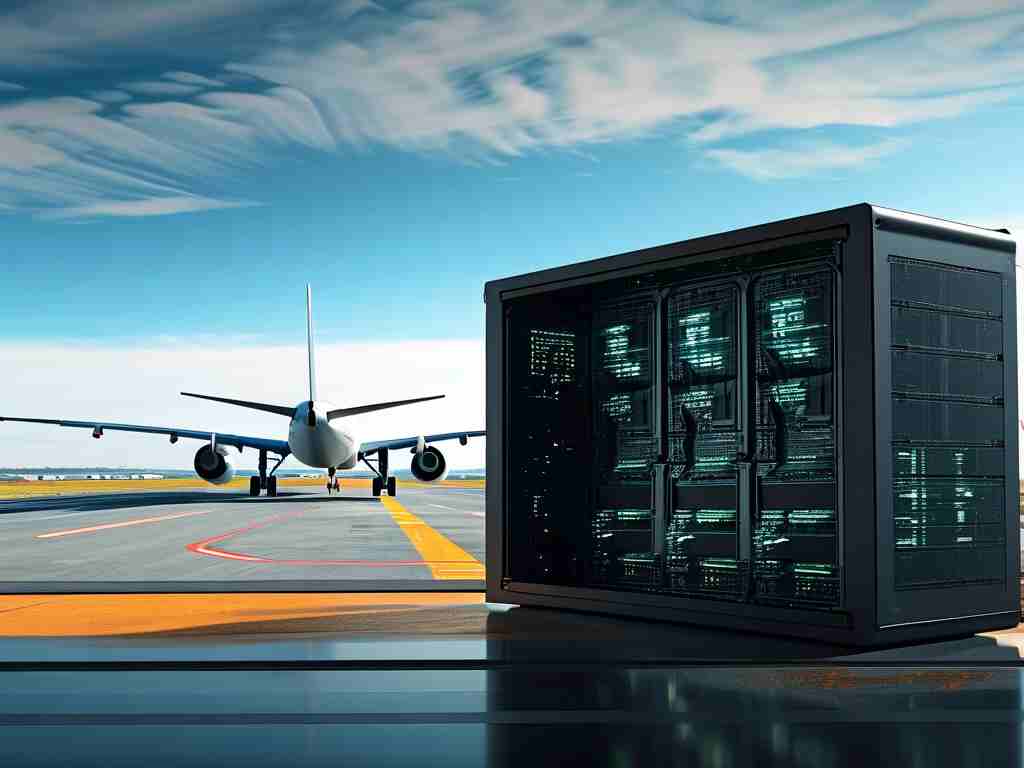
First off, let's clarify what we mean by aircraft computer memory. Unlike your home PC, these aren't high-capacity beasts; they're specialized embedded systems designed for extreme environments. Think flight control computers (FCCs) or avionics suites that manage real-time data processing. Memory here includes volatile RAM for temporary tasks and non-volatile storage like flash for critical firmware. The sweet spot varies, but it's often surprisingly modest—say, 512MB to 2GB for many commercial jets. Why so low? It's all about minimizing failure points. Excess memory adds weight, heat, and complexity, which can increase the risk of errors in high-altitude conditions where temperatures swing wildly and radiation is a concern.
Several factors influence how much memory is deemed appropriate. Safety is paramount, governed by stringent standards like DO-178C for software certification. This requires redundant systems and error-correcting code (ECC) memory to detect and fix bit flips, common in aviation due to cosmic rays. For instance, in flight control systems, memory must handle rapid calculations for autopilot without lag—too little RAM, and you risk delayed responses during turbulence; too much, and you waste power and space. Then there's data logging: modern planes generate terabytes from sensors, but only a fraction needs real-time access. Systems like those on the Boeing 787 Dreamliner use about 1GB for core operations, with additional solid-state drives for black box recording. Cost also plays a role; airlines push for efficiency, so engineers optimize memory to avoid over-provisioning that hikes fuel consumption.
Looking at real-world cases highlights the nuances. Take commercial airliners versus military drones. A typical Airbus A350 might allocate 1.5GB for its integrated modular avionics, focusing on reliability over sheer size, while a military UAV could use 4GB to process high-res imagery for surveillance. In older models, like the 737 series, memory was often under 256MB, proving that with robust software, less can suffice. However, the rise of AI and IoT in aviation is shifting demands. Newer aircraft incorporate machine learning for predictive maintenance, requiring more RAM—up to 8GB in prototypes—to crunch sensor data on the fly. This evolution underscores the need for scalable designs that adapt without compromising safety.
Future trends suggest memory needs will grow, but cautiously. As electric and autonomous aircraft emerge, systems must handle complex algorithms for battery management and collision avoidance. Yet, the aviation industry moves slowly; upgrades undergo years of testing to ensure no glitches. Experts advise starting with minimal viable memory and scaling based on mission-critical apps, using simulations to stress-test configurations. Ultimately, the "right" size isn't a fixed number but a tailored solution—prioritizing fail-safes and certifications over raw specs. In , while tech advances promise bigger memory, the aviation world reminds us that less can be more when lives are at stake, making informed choices essential for soaring success.




